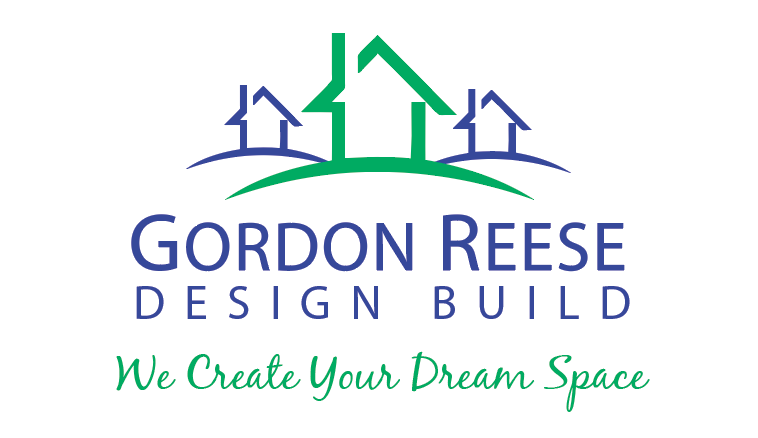One of the most important factors to consider when it comes to planning remodel additions, is knowing how much you can invest in your project. Not only do you want to determine the overall amount you wish to put into your project, but also how much you want to invest in each individual aspect of your remodel. It’s a good idea to prioritize what’s important to you so that you get the result you really want, without wasting your time and resources on features or additions you don’t really want or need. For this step, it’s well worth making written plans and keeping records to maintain clear and structured guidance for the duration of your remodel.
Start Planning Early
It can take a long time to develop plans around how much you can invest in a remodel and seeing where you want to spend your money, so it’s important to start early on this process. You can speak to a contractor to get a general idea for your investment. This gives your contractor the opportunity to follow along with you as you establish funding for your remodel and help make sure you are fully ready before work begins.
Homeowners often aren’t aware of how much custom home additions or builds will cost, so as stated before, having some initial talks with a contractor about the general idea you are looking for in your project can at least set an investment range. It’s important to always be realistic and honest with your contractor and with yourself in order to get the result you want.
Nature of your Project
When considering how much you will need to invest in your remodel, it’s important to consider the nature of your project and how much work it will involve. If you are considering a remodeling a large area or making multiple structural changes, you will be looking at a larger investment than if you are just planning to remodel one room.
It’s important to look at the ‘bigger picture’ when evaluating the cost of your project. Even though smaller jobs like a kitchen remodel or bathroom remodel involves working on less square footage, adding in new appliances, fittings, plumbing and electricity can add up to higher than expected costs.
Understand Your Costs
When developing a plan for the costs of your remodel, it’s important to understand the costs for each aspect of your project. Once your contract is drawn up with the contractor, you need to see what’s included and what isn’t. Often hard costs like the costs of the work, the materials and the fixtures are included, but what about soft costs such as appliances and fees for permits, consultants and designers?
It’s important for both parties to be aware of what is included and what still needs to be planned for as the project progresses.
Aim For Quality
While you may think using a cheaper contractor or choosing cheaper materials or fittings might make your dollar go further, it could cost you more in the long run. When it comes to remodeling, just as with anything else, you get what you pay for. If a price you are quoted sounds too good to be true, chances are it probably is.
A high quality craftsman and custom workmanship will cost more, but above all else it is usually worth the investment to get something of beauty and lasting quality.
Following these guidelines to develop your plan for the cost of your remodel helps to maximize your return on investment, helping you to create your dream space.


Recent Comments